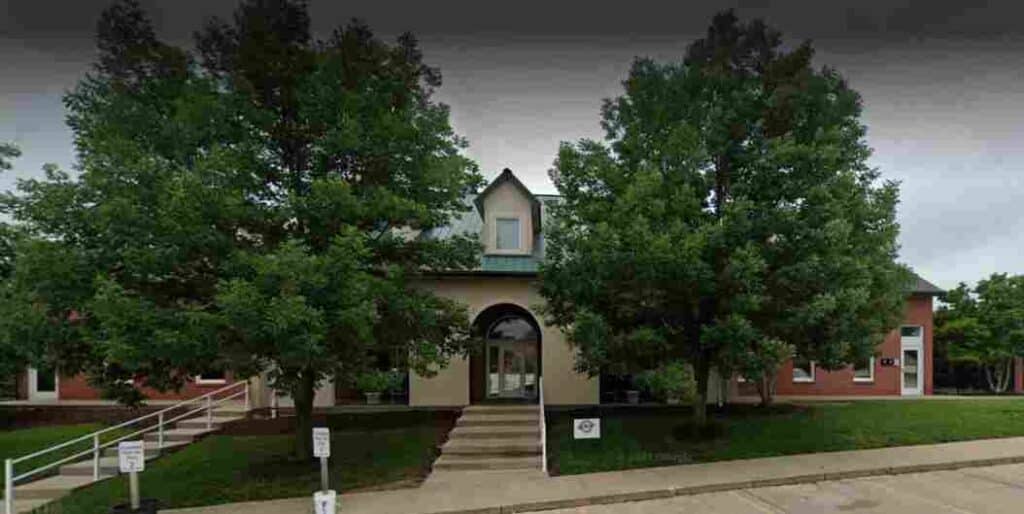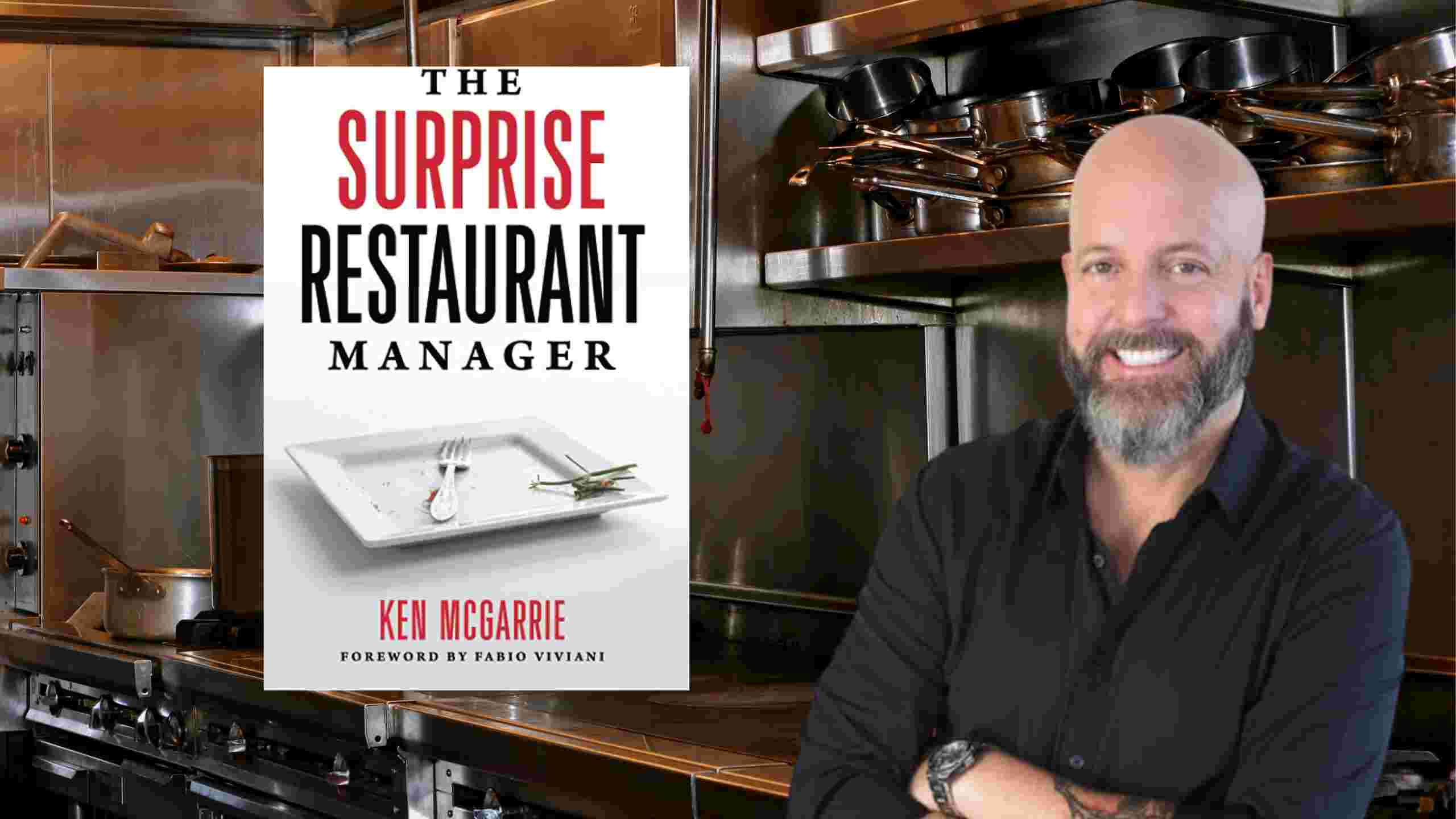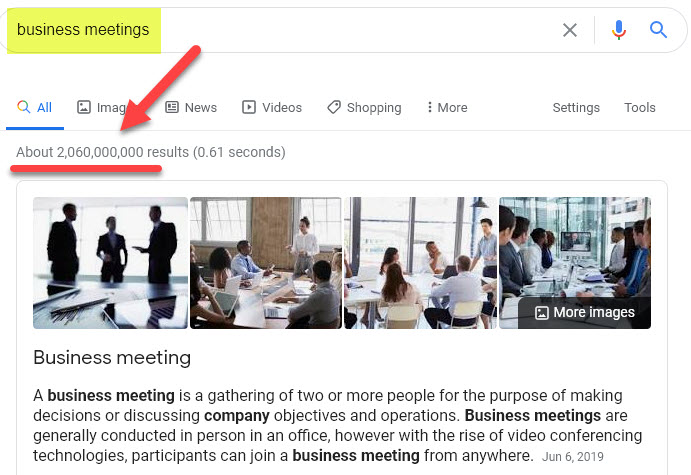I still don’t know why, but I love the restaurant industry. One of my first clients was a food contractor for small colleges. Shortly thereafter, I started working with a small player in the casual/fast dining space. QSRs followed. I have even written the Introduction for an industry powerhouse that has created multiple brands for the store-within-a-store concept.
In short, the numbers game is simple. The front stage is hard to keep right and consistent with patrons. The backstage is hard, too, as quality and timeliness are imperative. Finding, getting, and keeping staff is a never-ending battle. Still, the numbers part of the business is fun, and I think that’s why I like this industry.
What’s the Biggest Cost in Any Restaurant?
I love that question. I’m sure I’ve embarrassed my kids and wife a lot because I ask that question to every server who waits on me. Here are the typical answers I receive:
- food
- labor
- rent
- the equipment and furnishings (this is a rare answer, but it’s a good one)
I’ve never kept stats on this answer, but the majority of the time, food is mentioned the most often. If this industry is new to you in terms of numbers, know that food and labor combined are generally around 60 percent of net revenue.
The answers above are not correct. Then again, it’s partly a trick question. If you approach the question from purely an accounting perspective, you are on the mark. But if you analyze the question through an economic lens, you’ll include opportunity cost in your response.
Accordingly, the most expensive cost to a restaurant is the open seat. I’ll let you ponder that for a minute or two before you read on.
Why The Open Seat?
I’ve been a long-time patron of D. Rowe’s Restaurant & Bar in Columbia, Missouri. I probably eat there about 20-25 times a year. Great food, great service, great experience. My only complaints are 1) they won’t let me have the Stan Musial painting, and 2) their broccoli portions are huge. Still, I’m a forever customer.
Let’s do some math. Let’s assume that their restaurant has a seating capacity of 150. Furthermore, assume a customer turnover potential of about 2.3 each Friday during lunch.
What I mean by seat or customer turnover is simple division. Let’s assume, on average, that D.Rowe’s serves 345 customers every Friday. If we take 345/150, that means seats are turning over at a rate of 2.3 times.
Armed with that information, let’s say the average ticket size per patron is $16.50. Let’s multiply that number by 345 to arrive at a Friday lunch potential on the top line of $5,692.50. Not bad. Multiplied by 52 weeks, that one day just for lunch is knocking on the door of what the annual Subway generates in one year (remember, there are many tiny Subway locations across America in small towns).
What happens if D. Rowe’s can only capture 70 to 80 percent of that $5.7k? That’s leaving from $1.1k to $1.7k on the table. Sorry, that was a really bad pun.
The amount we’re losing with that open seat is nearing the cost of food at full capacity on any given Friday at lunch, and this math is only for lunch on one day of the week. That’s why I call the open seat a restaurant’s biggest expense.

I Need New Material
I just had to get that out of my system. I love restaurant math. I know I’m probably coming across as a geek, but restaurant owners love this type of fodder.
Still, I need new material, and I found it in an awesome book by Ken McGarrie entitled, The Suprise Restaurant Manager. The book was so good that I just had to interview him.
At the risk of marginalizing the rest of the book, there was a section in the book of fascinating terms that I had never heard of. Here’s a sample:
- 86ed
- auctioning
- on a count
- double-triple sat
- the figure 8
- postmortem
- truck-stop bussing
I won’t leave you hanging. Below are the definitions directly from the Resources section of Ken’s book:
- 86ed – internal communication for staff that a menu item is temporarily unavailable.
- auctioning – when the server arrives at your table asking, “Who had … ?”
- on a count – this means a limited number of items are available and is for internal use only.
- double/triple sat – refers to the practice of seating multiple guests in order with the same server’s section, which can negatively affect the patron’s experience.
- figure 8 – the typical path the manager or GM walks about every 15 minutes in the dining area.
- postmortem – the post-shift conversation to discuss how the evening went.
- truck-stop bussing – when the table is being cleared, it refers to the person removing multiple glasses simultaneously like a bowling ball – I had no idea there was a name for this practice.
Should you ever join me for lunch or dinner, you’ll hear me use this jargon with our server. I might even sneak in my cost question. Promise me you won’t spoil the fun by answering the question.







